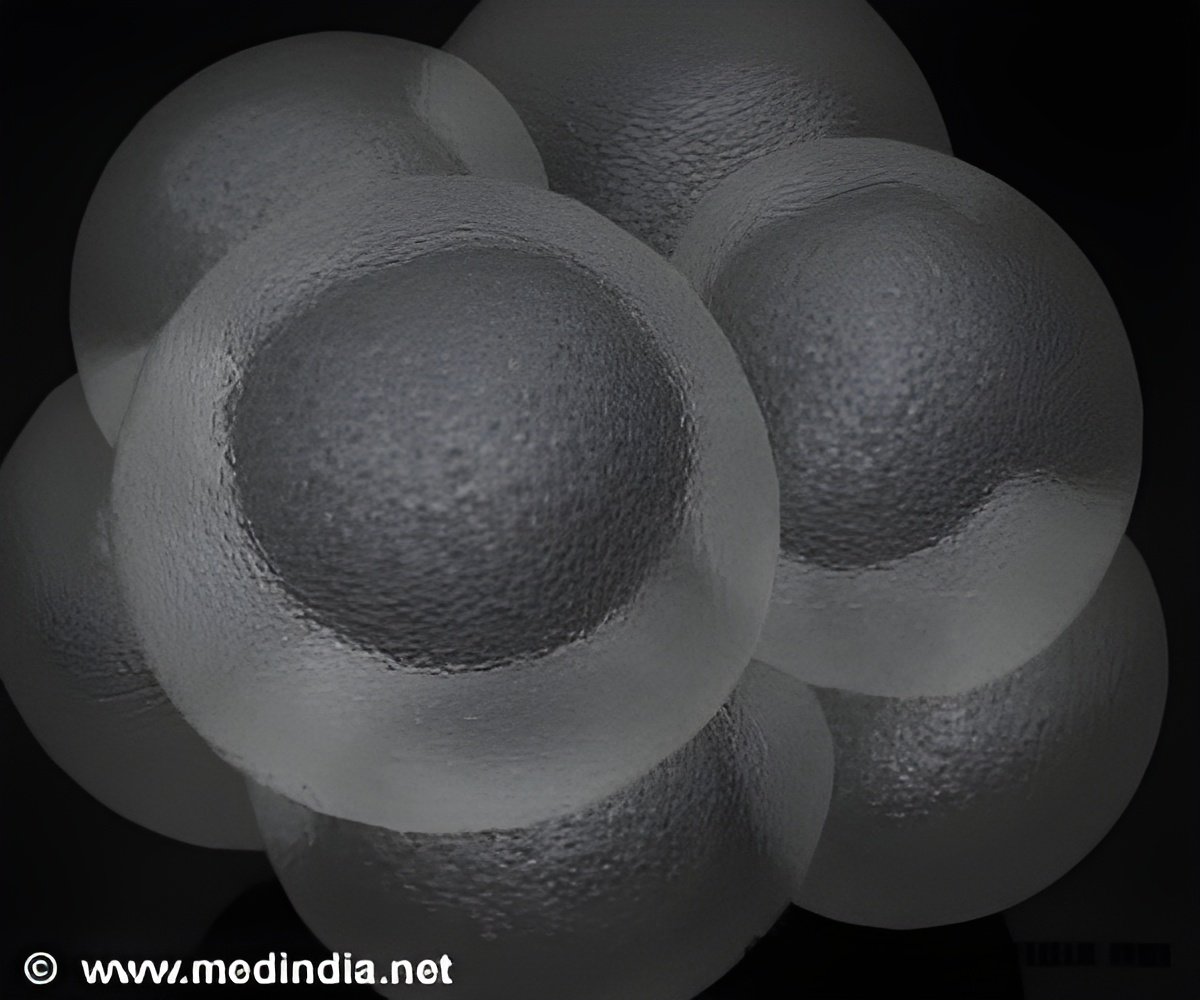
It aims to manipulate genes to correct for molecular flaws that cause disease.
"We've broken what is in effect a size barrier - a limit to how much genetic material we can put into the nucleus of a cell and keep functioning for a long period of time," said neuroscientist Dr William Bowers, a scientist in the Centre for Neural Development and Disease and the leader of the team.
"That opens up more diseases to possible treatment with gene therapy," Bowers added.
Herpes as a genetic tool has a couple of big weaknesses. While the virus can deliver DNA into the nucleus of a cell, the genetic payload it carries does not become part of the package of genes that cells pass from one to another.
In simple words, herpes cannot integrate the new DNA into the host genome. Instead, the DNA is adrift in the nucleus, where it's silenced within a few weeks. The short time span spells trouble when scientists are trying to treat a disease that requires the genes to be active for months or years.
Advertisement
In the tag-team approach, herpes gets the genetic package into the right neighbourhood, the cell's nucleus, and then Sleeping Beauty delivers the package precisely where it needs to go to be most effective - into the cellular genome.
Advertisement
Modifying these cells - perhaps by adding a gene that creates a protein crucial for health - is one technique scientists are experimenting with to try to treat several brain diseases that are currently untreatable.
The study appears online in Gene Therapy.
Source-ANI
TRI















